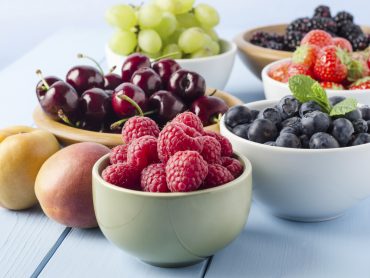Gin and Tonic – An Opportunity in its Subtleties
A dinner party, an afternoon in the sun, happy hour after work or just a night out; it’s time for a ‘G&T’, or a gin and tonic to be more precise. One might immediately think this cocktail as being a simple pour of gin (I’m particularly fond of Tanqueray No. 10) and sparkling tonic water on ice with a lime garnish.
“Not so fast!” says Nader Chabaane (right), Mixology Director of the Fairmont Le Chateau Frontenac in Quebec City. The complexities of each of the drink’s components: the gin, the tonic water and even the garnish provide an opportunity for endless variations. Such is the fact at the recently opened Bar 1608 which serves as the primary watering hole for this 611-room iconic Canadian property.
Nader explains, “Gin is a very complex beverage that can be produced in many different ways. While typically all use juniper berries, many other botanicals can be included. Each producer has a unique recipe resulting in a different flavor palette.” He continues as he pours me another stiff one, “The Ungava Gin, unique to Canada, includes juniper, of course, but also wild rose hip and crowberry. This leads to its slightly yellow color and unique taste sensation.”
Fairmont Le Chateau Frontenac actually makes their own tonic syrup under the SAM name, ‘SAM’ referring to Samuel de Champlain, the founder of Quebec, and the name given to their adjoining bistro. Mixed in proper ratio with soda water, my experience is that the SAM-branded tonic imparts a very tart taste, far more interesting than the traditional bottle/can pre-mix. Nader says that a good mixologist should be able to make their own tonic water and syrup. And of course, there are many commercial brands of tonic water available.
Variation also extends to the garnish. While lime is considered the traditional garnish, my first G&T was served with star anise; my second one with a combination of limes, lemons and herbs. My daughter asserts that frozen blueberries are the real winner.
As excited as I was in consuming the highly potable concoction, it is Nader’s commitment to his craft that was most impressive. His responsibilities and position of bartender has been elevated to craft status. Seeing Nader and his team in action brought to mind all of the positive attributes of modern day hotels: breaking new barriers, educating the guests and providing an impressive series of ‘tweetable’ moments, not to mention increased revenue opportunities.
Aside from the leadership shown by the Chateau, mixology is something that you can easily replicate with your beverage team with the overall objective of boosting the guest conversation and heightening brand stickiness. Not only with the gin and tonic, but look at other cocktails and ask your bar team what they can do to differentiate your property’s offerings. Encourage creativity and get other departments involved. It’s definitely going to be tough to test sample each and every one of your product ideas, but no one said being a senior manager was easy!
(Article published by Larry Mogelonsky in eHotelier on November 7, 2014)




